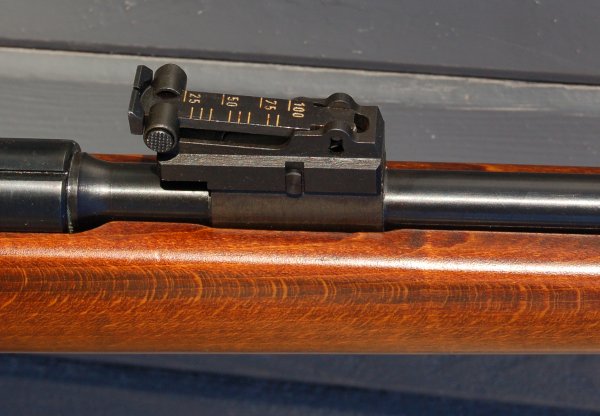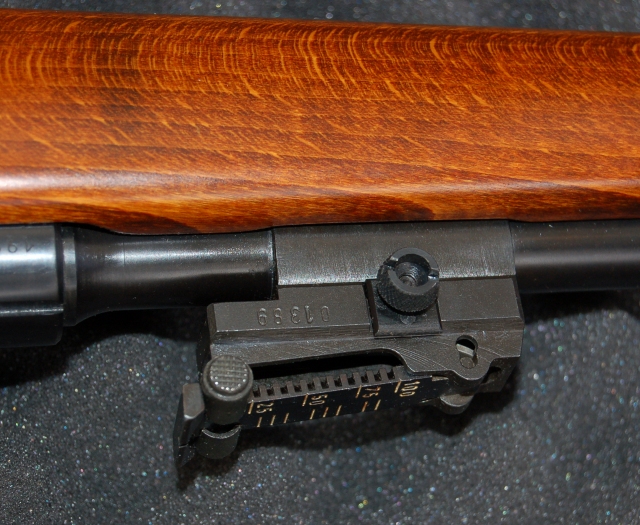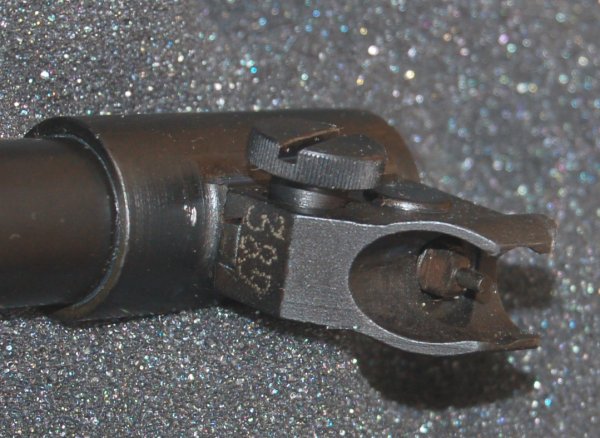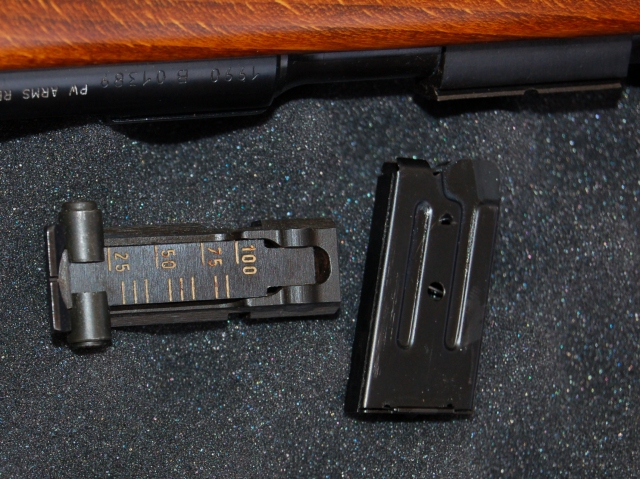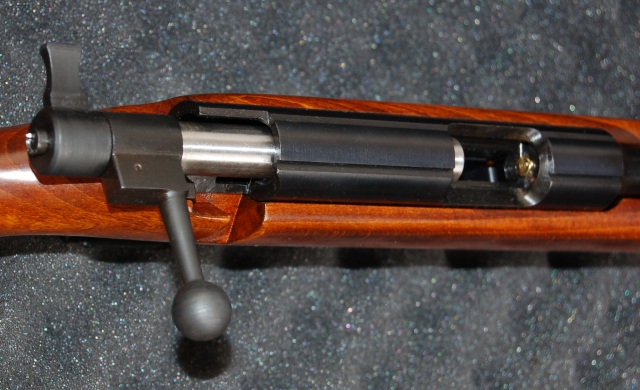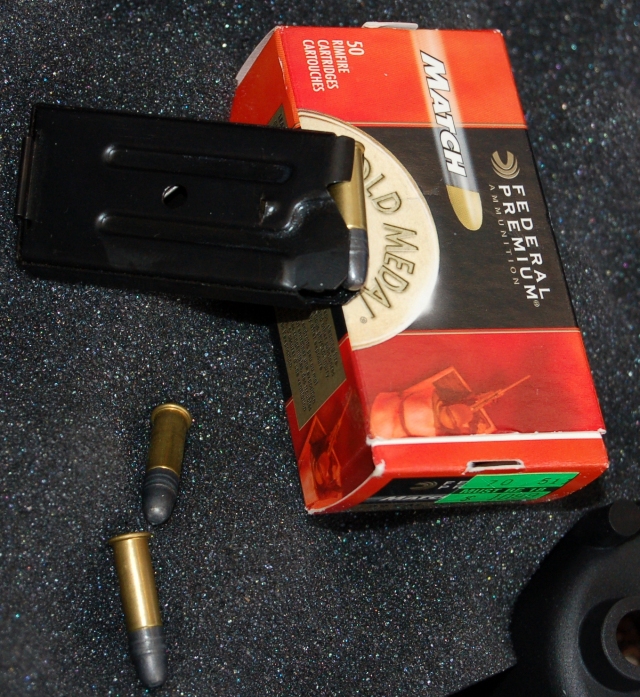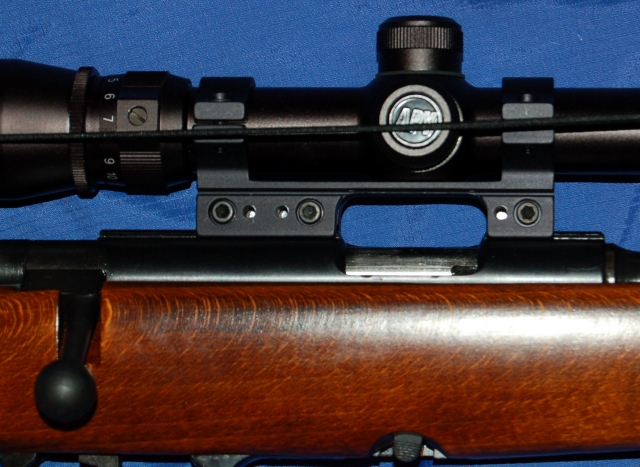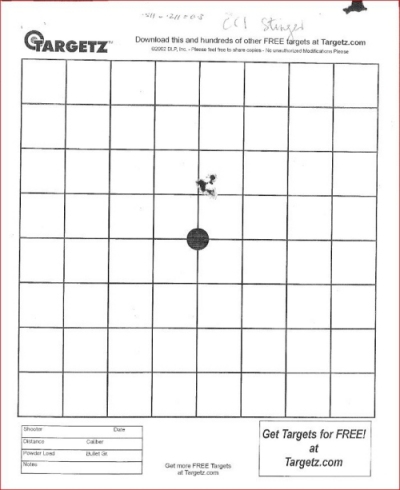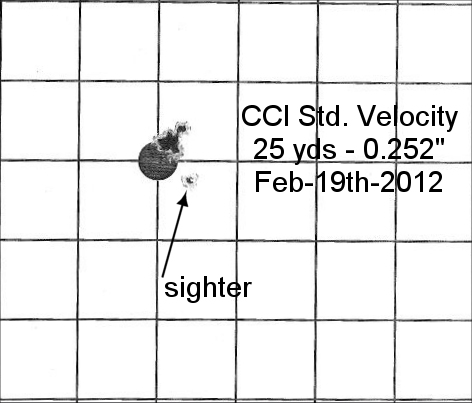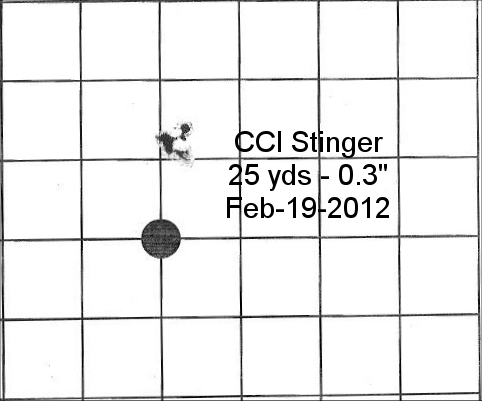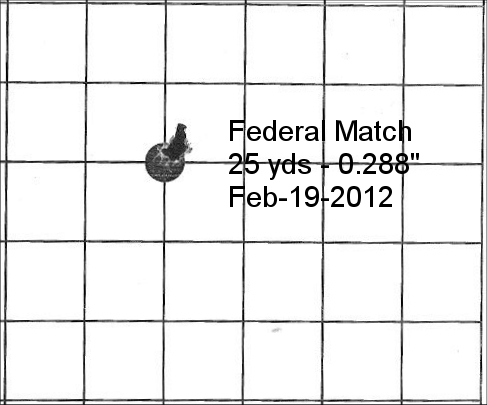Linked from: UKM-2000, the Polish succesor to the PKMWinds of Change
The events of 1989 turned the geopolitical and economical environments of Europe upside down. In 1991 both the Soviet Union and Warsaw Pact were dissolved and in March 1992 NATO’s Secretary General Manfred Wörner “opened the door” of the Pact for the former Warsaw Pact countries. In 1993 the last Russian soldier left Poland and on July 5, 1994 Partnership for Peace linked Poland to NATO and promised full membership by the end of decade. Faced with these, the General Staff ordered unification of ammunition types between the Polish Army and NATO, triggering a revolutionary changes in logistics system – a move towards Western calibers after 50 years of using and manufacturing of the Soviet ones. The 7.62x54R, 7.62×39, 9×18 and 12.7×108 became “interim, obsolescent” rounds overnight, the 5.45×39 became “obsolete” and was to be withdrawn just years after it was finally introduced after a decade of preparations, while 9×19, 5.56×45, 7.62×51 and .50BMG became new standard rounds.
Poland was one of the first to leave and one of the first to be invited to join NATO. For many years the Poles trained school age cadets with .22 caliber rifles that mimicked the full size weapons. The well known Wz.48 rifles were very similar to the full size Mosin-Nagant rifles. In 1978, the successor to the Wz.48 was designed. The rifle was manufactured by the Wifama Textile Machine Company which routinely handled many defense contracts. It was designated the KBKS (Short Military Training Rifle) Wz. 78. However, when Poland Joined NATO, they obsoleted their Soviet era logistics system and rushed to embrace the challenges of fitting into NATO. These training rifles became obsolete almost overnight. Apparently rifles still in the pipeline were stored. Enterprising US arms dealers were able to buy some of this obsolete inventory for a song. At first the Wz.48 rifles showed up and sold out pretty quickly. The Wz.78 rifles started showing up in 2010. The first batches were used rifles that had been used by a generation of cadets and showed their age. Interestingly people found these rifles to be remarkably accurate. The first batches went fast. The latest batch showed up at the end of 2011 and these seemed to be unused rifles.

Polish wz.48 training rifle. Image from HERE
 .
.Polish kbks wz.78 trining rifle. Image from HERE.
I remember with fondness my NCC days when we trained with .22 caliber SMLE's so when this batch of military training rifles caught my attention, I jumped in with both feet. I have been looking for a .22 bolt action rifle to do some serious plinking, hunting and target shooting with for a while. It's not that my trusty 10-22 rifle is any slouch as a small game rifle but over 50 yards, the groups tend to open up a bit. A squirrel's head is a small target at that range. I priced out some of the Ruger bolt .22's and their prices have soared. A heavy barreled 77-22 bolt action rifle in .22LR has an MSRP close to a thousand bucks. The CZ's are more reasonably priced but some of them will set you back half a Grover Cleveland ($1000 bill). So when these Wz.78's showed up on the market for $239, I decide to take a chance.
Polish Cadets. The kbks wz.78 is on the pad beside the student. Image from HERE
The rifle is a heavy barreled .22 caliber, bolt action full size rifle. It is fitted with AKM sights. The rear sight consists of an adjustable ramp and the front sight is an adjustable shielded post. The sights are fitted on rails and can be easily removed. There is also a 11mm groove on the receiver for scope mounting. The trigger is adjustable for length of pull, weight of pull and some of the takeup can be adjusted. It has a match chamber and a five round metal box magazine. Apart from having a slightly creepy first stage, the trigger is pretty nice. The rifle is built using methods and care that are seldom seen in mass produced .22 caliber rifles today. From the massively thick receiver walls to the heavy 25 inch barrel and the birch stock, it oozes strength and robustness. The Poles were apparently no slouches when it came to machining metal. You could probably pry open your garage door with it and then go on to shoot the bullseye with no ill effects. It weighs about eight and a half pounds. This is a full size rifle masquerading as a .22.
After a long wait, my Wifama rifle showed up yesterday. It was covered in preservative and grease. I managed to clean off the stock and action yesterday night (including the bolt). To my amazement this is an absolutely pristine rifle. No dings on the wood and no marks on the metal. The bolt face is unmarked and so is the follower of the magazine. I got lucky and got one of the new, unissued ones. I had planned to sneak away this afternoon and hit the range but those danm Canadians
The Scope:


A Mueller APV 4.5X14X40 with an adjustable objective. Hey, its only a .22 and I only need to shoot up to a hundred yards. I wasn't going to spend $500 on a real high priced scope.
The Rings:
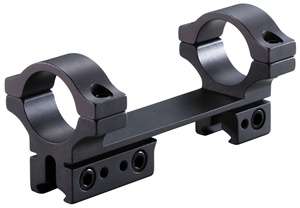
BKL 4-inch long Rimfire Unitized Dovetail Mount
Test ammo:
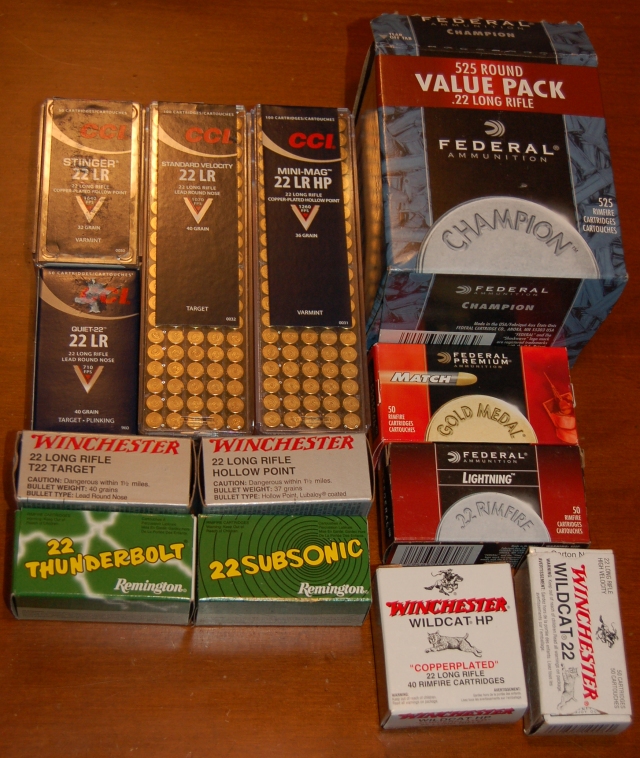
I didn't buy any high priced stuff like Eley Match. If the gun proves itself, I'll try out a bunch of match ammo later this summer. I wanted to try it out with run of the mill plinking fodder first.
Here are some preliminary photos of the gun. I'll post more later when I can get better shots.
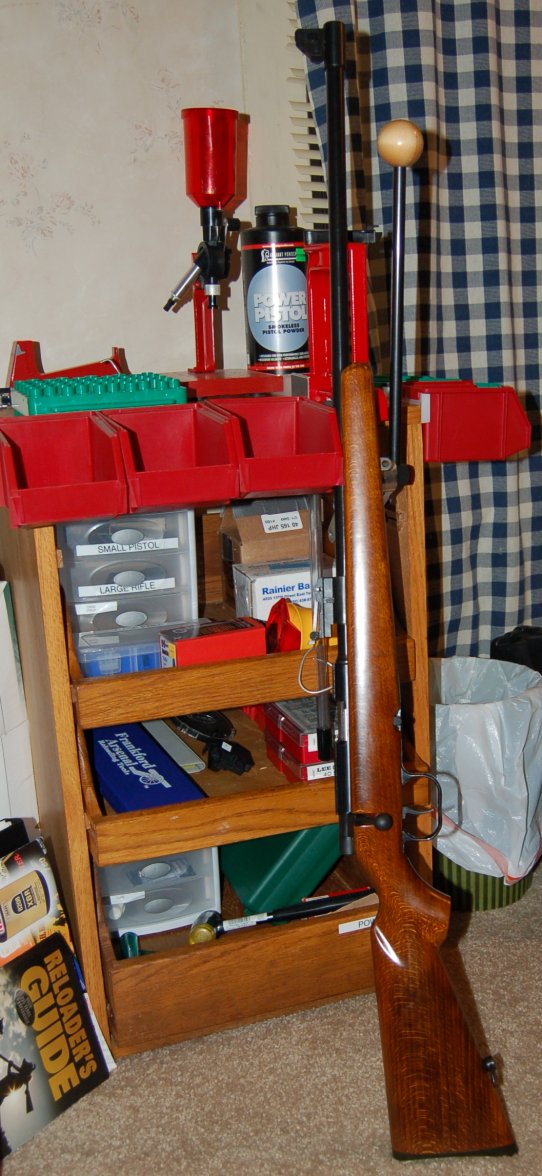

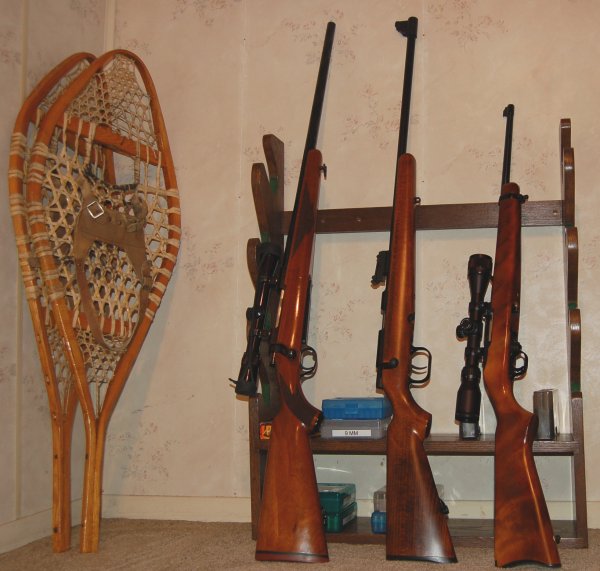
A comparison photo showing it's size. On the left is a Ruger M77V in .280 Remington (24 inch barrel), In the middle is the wz.78 (25 inch barrel) and on the right is a Ruger 10-22 (18 inch barrel). It's no .22 Smelly but I like what I see so far and the price was right.
Range Report
Unlike Baljit, I'm not planning to go out and play with my new toy in sub-zero weather. I'm not as hard-core as he is






